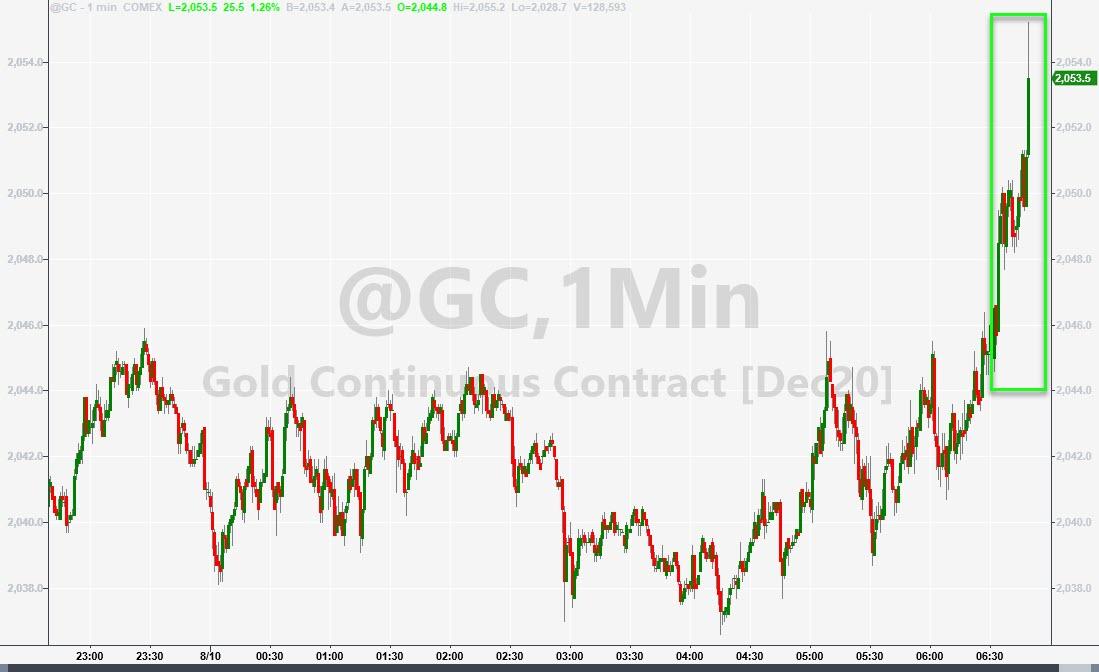Currently, those infected with COVID-19 can infect others a week before they know they are infectious. Suppose they knew a few days earlier. They could isolate themselves before they infect too many others. Current tests are too expensive, take too long to process, and are too few for this to work. But now recent emergency authorization will allowed Abbot Labs to supply a $5, 15 minute test. Abbott plans to produce 50 million per month, more than double the capacity of current tests.
This test has a higher false positive rate, requires a larger virus load, and is only approved for symptomatic cases. This last requirement is likely to be relaxed (or flaunted). This test is likely to be used as a screen.
Kristian Andersen, an infectious-disease researcher at Scripps Research, noted that Abbott developed an app to go along with the test that would provide proof that a person had recently tested negative. To Andersen, this is clear evidence that “Abott didn’t just have symptomatic diagnostics in mind here, but also screening of asymptomatic people.”
The markets like the news too.






